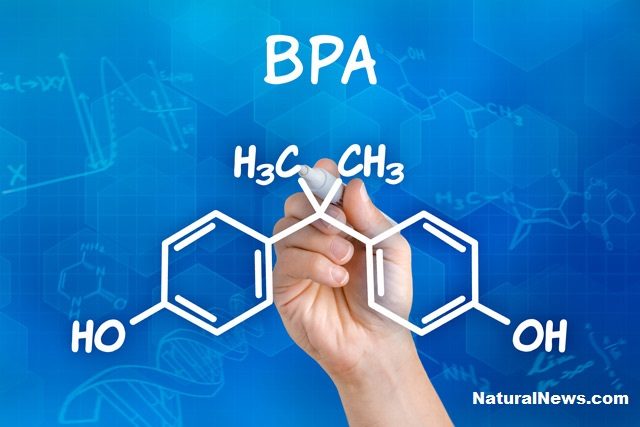You’ve probably heard synthetic materials aren’t all that good for your health, but did you know that a simple plastic bottle can in fact be keeping the stork away from your doorstep? It’s true. A number of studies carried out over the past decade confirmed chemicals from plastic containers to have an adverse effect on both male and female fertility. Intrigued? You should be, especially if you’re trying to conceive: you may not be what you eat, but if you’re using plastic cutlery and containers on a regular basis, you may just be eating yourself out of a chance of motherhood.
BPA: A Healthy Uterus’ Worst Enemy
A chemical used to make plastic items resilient and shatterproof, bisphenol-A (BPA) can sneak into the human body via food, air or skin. Due to its widespread use in modern industry, BPA is commonly found in the blood system of most women and men in non-toxic concentrations. Still, while some BPA is completely okay for most people, it can prove fatal for the embryo in assisted reproductive technology treatments. According to a 2015 study, even non-toxic concentrations of BPA can hinder cell maturation and endometrium receptivity and compromise uterus health and menstrual cycle regularity.
Apart from the controversial study, various researches have shown chemicals found in plastics can jeopardize pregnancy in animal and human subjects alike. Unfortunately, adverse effects of elevated BPA levels go far beyond endocrine disruption: according to researchers, the chemical is a force to be reckoned with for women looking to conceive and their partners alike.
A Tough Call: BPA or Baby, Not Both
Back in 2011, the public was in for a massive shock when the results of a study conducted at the State University of New York leaked out showing BPA can substantially reduce the likelihood of successful in vitro fertilization. Based on the research findings, ladies with elevated BPA levels recorded substantially reduced estrogen responses during IVF compared to women with normal BPA levels. The adverse effect of BPA on pregnancy success for women undergoing fertility treatments were further backed by a research which found as few as 17 percent of ladies who underwent IVF had a healthy baby as against 54 percent of women with low BPA levels.
Apart from compromised uterus health and reduced estrogen response, high BPA level has been linked to impaired cell division in the ovaries. According to a 2012 study, ladies with highest BPA levels recorded 24 percent lower egg maturation rate compared to women with normal or low BPA exposure – but that’s still not all the bad news to be found inside a simple BPA bottle.
Off the Bottle: Not Just a Girl Thing
In addition to its negative effect on female reproductive health, high BPA levels can trim fertility in men, too. According to a 2011 study, high levels of BPA in the blood of males can compromise embryo quality during IVF and shave male fertility by as many as 20 percent, thus reducing the chances of successful pregnancy. For this reason, the partners of ladies on assisted reproductive treatments are advised to ditch plastic straws, cutlery, plates, and other BPA-laced containers in order to increase likelihood of IVF success. Apart from giving plastics a heave-ho, gents should also stay away from canned and microwaved food to minimize risk of BPA contamination.
Sadly, BPA isn’t the only risky part of an average plastic container which can decrease fertility in assisted fertilization. Plastic packaging can also contain traces of hazardous chemicals such as phthalates and heavy metals such as cadmium, mercury, bromine, lead, and antimony which can contribute to an increased risk of miscarriage in the early stages of assisted pregnancy.
A soy lining: Reversing the Harm
Fortunately for girls and boys who love their sodas and water served inside a plastic bottle, soy has been found to hold substantial potential to reverse the negative effect of high BPA levels in assisted pregnancy. Back in 2016, researchers found that soy intake can help ladies undergoing fertility treatment mitigate BPA impact, improve estrogen response, and boost pregnancy odds despite a lifelong love for plastics. Still, if you want to play the assisted pregnancy game as safe as it gets, you and your partner should stay away from plastics until further notice.
Plastic containers aren’t just an environmental hazard: they are also a huge risk factor for ladies who want to jump on the expecting wagon any time soon. Exposure to plastics can compromise a woman’s likelihood of successful assisted conception, and it can also chip male fertility. The takeaway? If you’re planning to go the way of all moms in the foreseeable future, you may want to leave that plastic bottle on the rack and opt for a glass or carton container instead. Here’s to your baby’s health!





